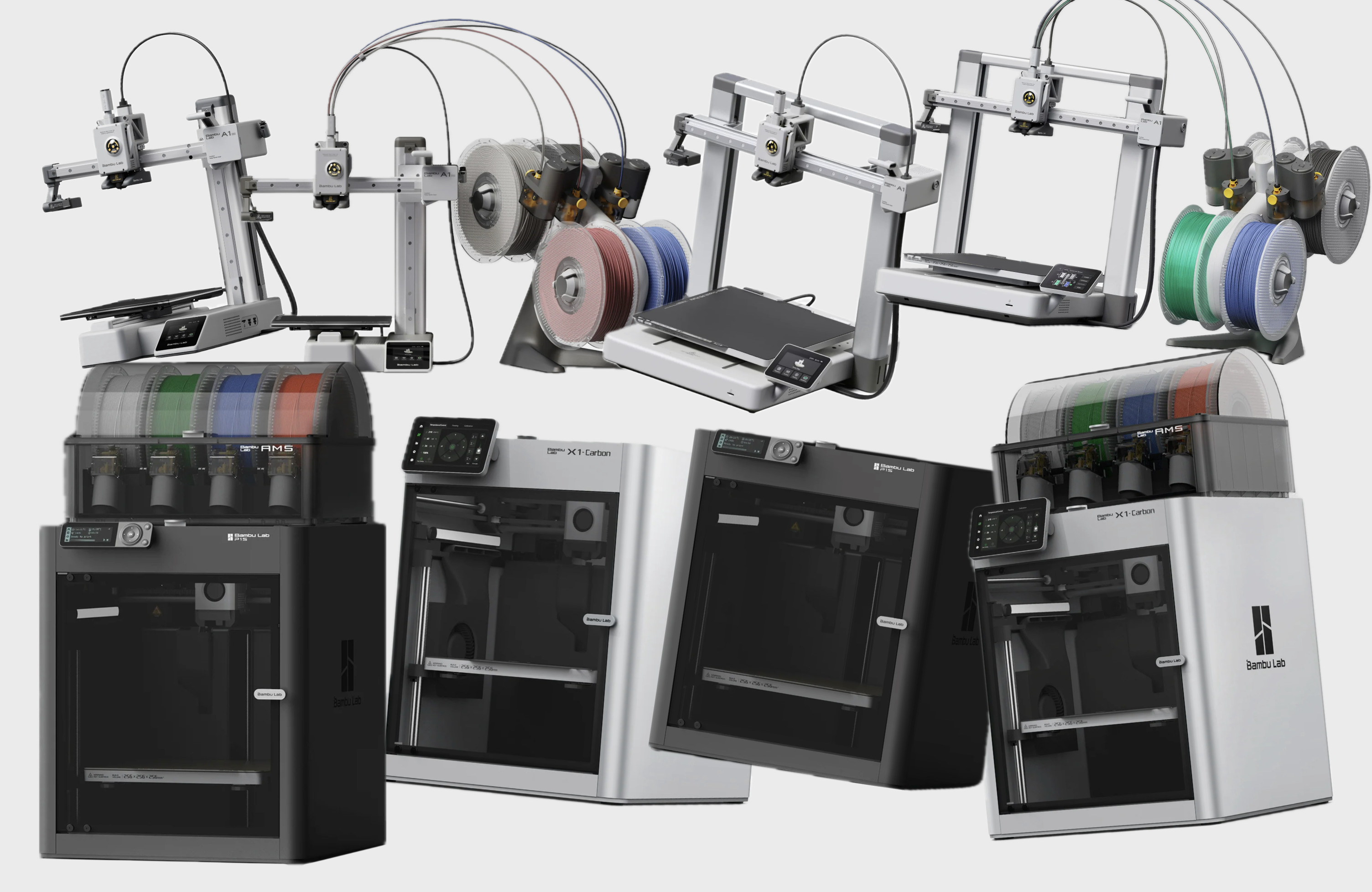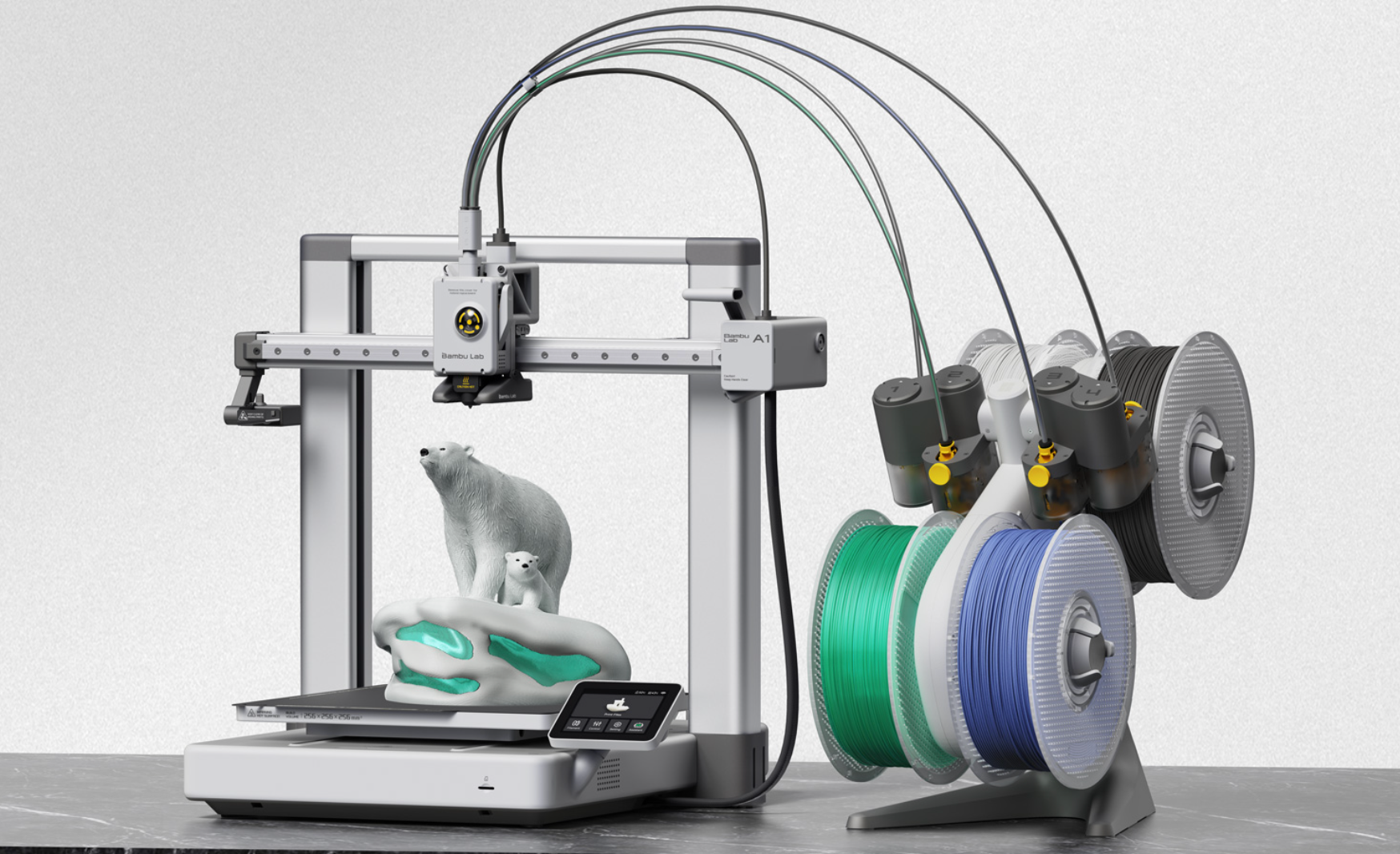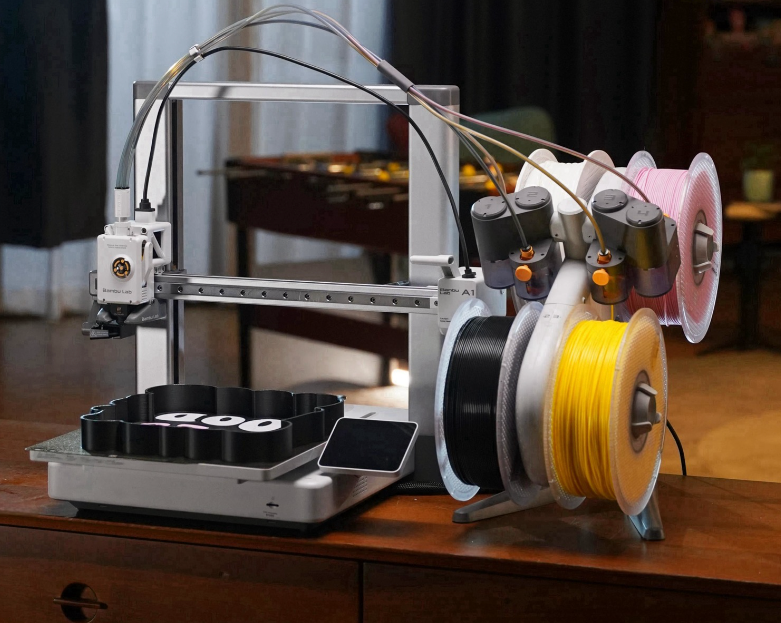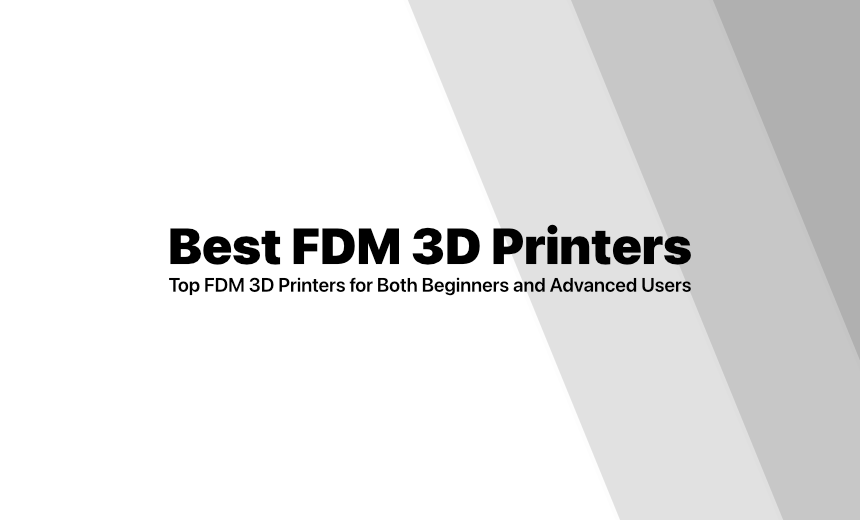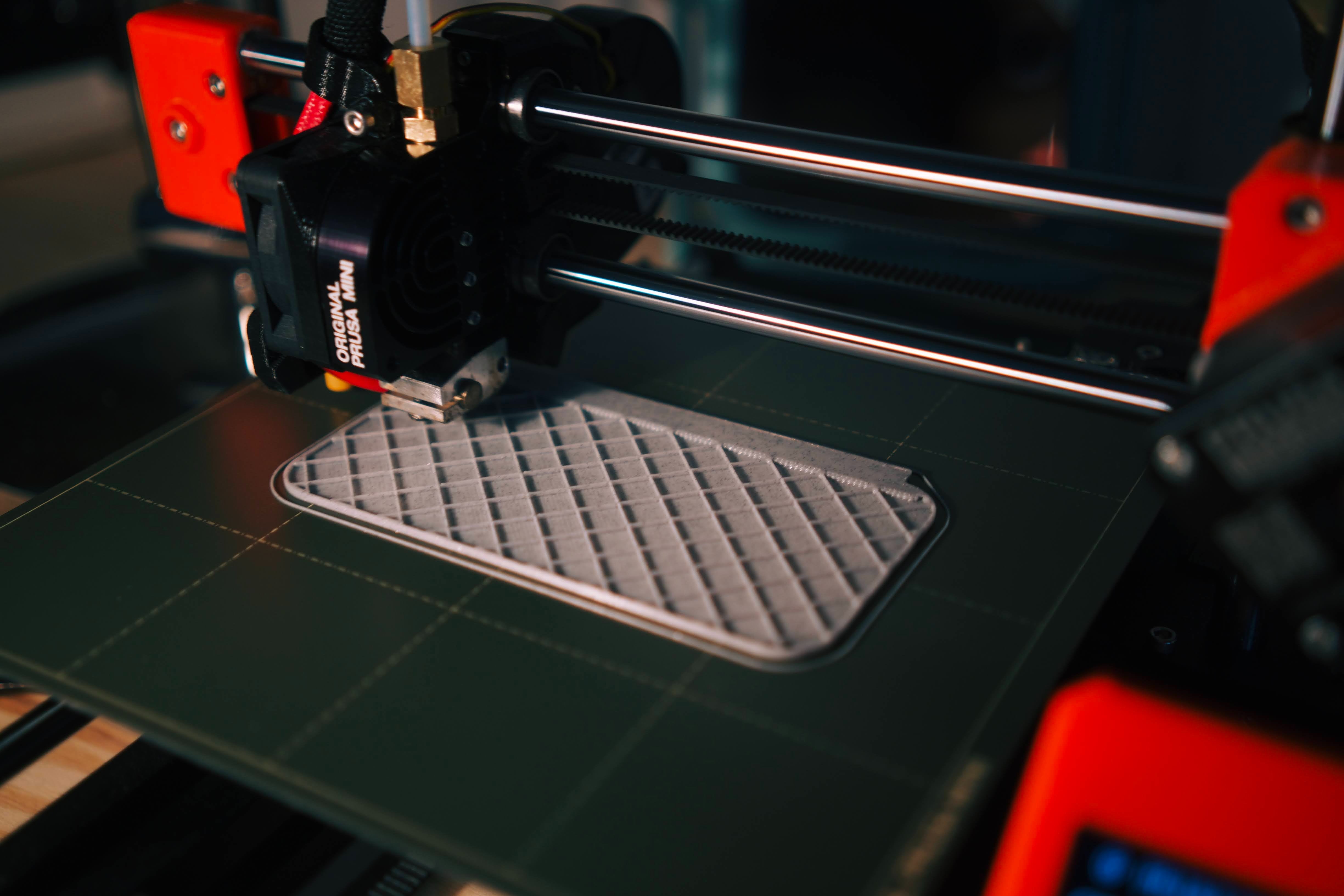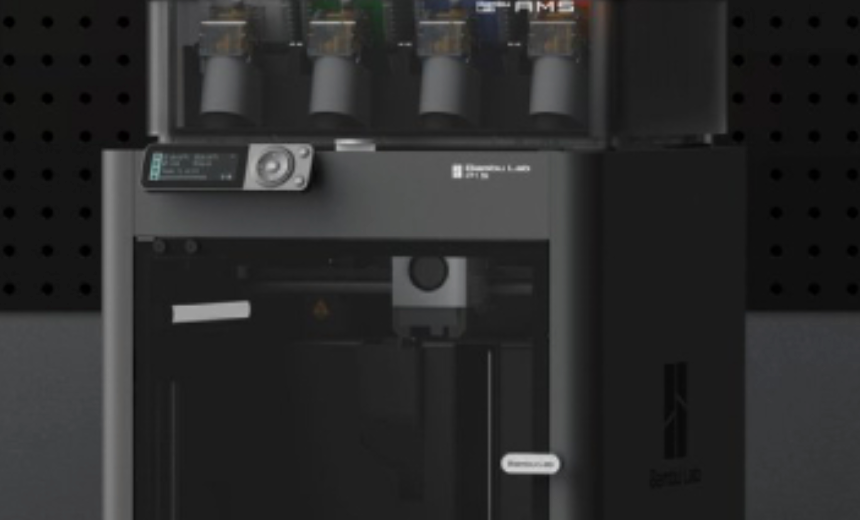There are TONS of 3D printers available on the market in 2024, and to be honest, most of them are not very great. So, if you had to choose one 3D printer over all the others, which one should you get? Well, this depends on what you want. Let's dive in and find you the best 3D printer in 2024. We'll start with the least expensive beginner-friendly 3D printers and move on to more advanced 3D printers.

Bambu Lab A1 Mini
New to 3D Printing? This is the 3D printer for you.
The Bambu Lab A1 mini is probably the easiest-to-use 3D printer in the world, no joke. It is inexpensive, yet high quality, and not too big. Even if you don't end up 3D printing very often, this 3D printer doesn't take up too much space. It's smaller than a microwave. (Warning: once you start 3D printing, you won't be able to stop!)

Creality K1 - $599.00 USD (Decent Bambu Lab alternative, but not as reliable tbh)
The Creality K1 seems to be Creality's answer to the Bambu Lab's impressive 3D printer lineup. The K1 is incredibly fast and comes fully enclosed. It offers an easy-to-use touchscreen and the capability to find STL files, slice, and print directly from a mobile device. Think of this printer as a more affordable/budget version of the X1-Carbon Combo. While it may not have as high of quality components, it does what it needs to do at a fraction of the price. However, one notable downside to the K1 is its lack of an Automatic Material System (AMS) as available for Bambu Lab 3D printers.

Bambu Lab P1P - $599.00 USD (for those on a budget)
The Bambu Lab P1P is a more basic version of the Bambu Lab 3D printers. It comes with a minimalist frame, allowing users to 3D print their own enclosures, but lacks the advanced features found in other Bambu Lab models. However, it still manages to print basic materials at a very fast speed.

Bambu Lab P1S Combo - $949.00 USD (best value)
This model is nearly identical to the X1-Carbon, but lacks some of the advanced features, such as micro lidar for enhanced AI detection functions and a more intuitive screen interface. The Bambu Lab P1P has a very basic control panel that is definitely not as nice as the full-color touchscreen display on the X1-Carbon Combo. The "Combo" in the title indicates that it comes with an "Automatic Material System," or AMS. Like the X1-Carbon, this system allows you to load up to 4 spools of filament (or 16 with 4 AMS units), streamlining the printing process. The AMS is also the feature that enables multi-color and multi-material printing.

Bambu Lab X1-Carbon Combo - $1449.00 USD (best overall)
The best all-around FDM 3D printer if budget isn't a major concern. It comes pre-assembled and is easy to set up. It can print in multiple colors and (advanced) materials, prints very quickly, and boasts user-friendly full color touchscreen controls. Additionally, it features micro lidar for AI print failure detection. The "Combo" in the title indicates that it comes with an "Automatic Material System," or AMS, that allows users to load up to 4 spools of filament (or 16 if you have 4 AMS units). This system streamlines the 3D printing process, as you don't have to spend as much time loading and unloading filament. Furthermore, the AMS facilitates multi-color and multi-material printing.
___
P.S. You may have noticed a trend in this list. Ahem (most of them are Bambu Lab machines). In my opinion, Bambu Lab machines are clearly the best of the best. There's no reason not to get a Bambu Lab 3D printer. (Unless you want one made in America 🦅🇺🇸, or don't want to sign into a cloud service, or want an open source machine, or don't want a closed ecosystem.) In that case, you can look into Vorons or Prusa. The downside is that they are far from beginner-friendly.
Feel free to reach out if you have any 3D printing questions.
Happy printing,
Steven
Owner - 3D Printer Academy

